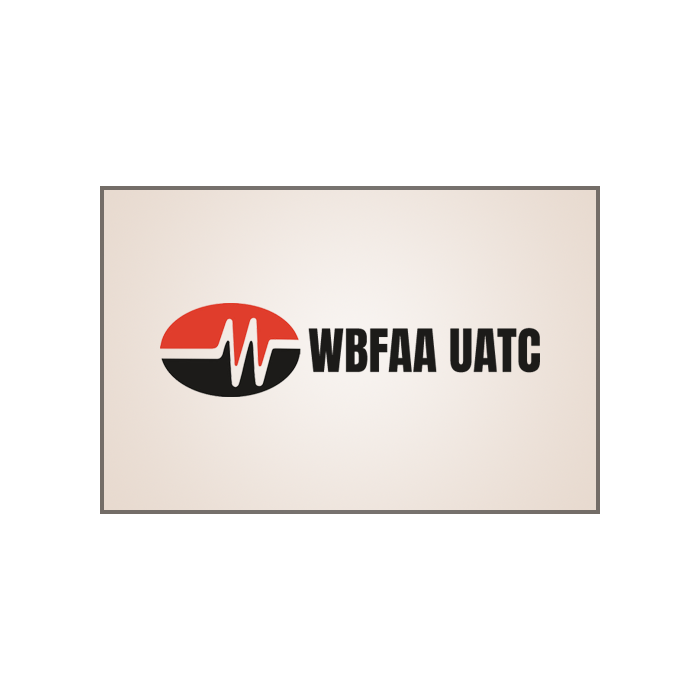IP Networking Training - Network Transmission Mediums
In this module, we will discuss in detail the various mediums that a network may use to transmit data.
Networks use different transmission mediums to allow for the transmission of data, and these include Category and coax cabling, fiber optics, and wireless. Each method has its own set of advantages and disadvantages, so it's important to consider the practical applications when deciding which best suits your needs. Category is often the most cost effective solution for short runs, while fiber optics is used to transmit long distances at very high speeds. If a longer run is required but you can't access fiber optic cables, Coax might be a viable option to consider. Wireless technology provides convenience as no cables are needed however often times this comes with a slower speed than other methods. Choosing the right transmission medium depends on many variables such as distance traveled and data rate needed- understanding Which transmission mediums transmits data the fastest is key in making sure that your data reaches its destination on time.
There are three basic mediums used to transmit data; Category and coax cabling, Fiber optic and Wireless. Each method has it's advantages and disadvantages, and we will look at the practical applications of each.
When you complete this course, you should be able to do the following:
Properly identify, run and terminate Category network cabling,
Identify, run and terminate coax cabling
Identify and run fiber optic cabling,
apply wireless technology in your installations and,
choose the correct applications for each of the transmission mediums we've covered.
Read more about the course in the course details below.
Network transmission mediums are key components to the successful operation of IP Networking. Network transmission can be accomplished in various ways, including Category and coax cabling, Fiber optic or Wireless. Each of these mediums have their own strengths and weaknesses and depending on the nature of the project, they can be applied differently to achieve the desired results. During this module we will explore each type of network transmission and gain a better understanding of when and where to apply it. We will expand our knowledge by identifying, running, and terminating Category Network Cabling, Coax Cabling, Fiber Optic Cabling, as well as applying Wireless technology in our installations. Upon completion we should feel confident selecting the best applicable method for any given Network Transmission project.
This course is a component of the IP Networking Training Bundle. It may be taken on its own or ordered as part of the IP Networking training bundle for a lower overall cost.
Use the grid below to determine which states have CEU approval for this course, along with how many credit hours it has, and any other special instructions.
| State | Hours | Special Instructions |
| California | 1 | |
| Louisiana | 1 | |
| Mississippi | 1 | |
| New Jersey | 1 | This course is approved for 1.00 hours of continuing education by the NJ Fire Alarm, Burglar Alarm and Locksmith Advisory Committee. If you are submitting this course for CEUs in NJ, you must contact us with your NJ license number so we may provide you with the appropriate certificate upon completing the course. Please email support@wbfaatraining.net or call 502-254-1590 when you have finished taking the online content. We will then create your NJ specific certificate and email it to you within 24 hours |
| Tennessee | 1 |


